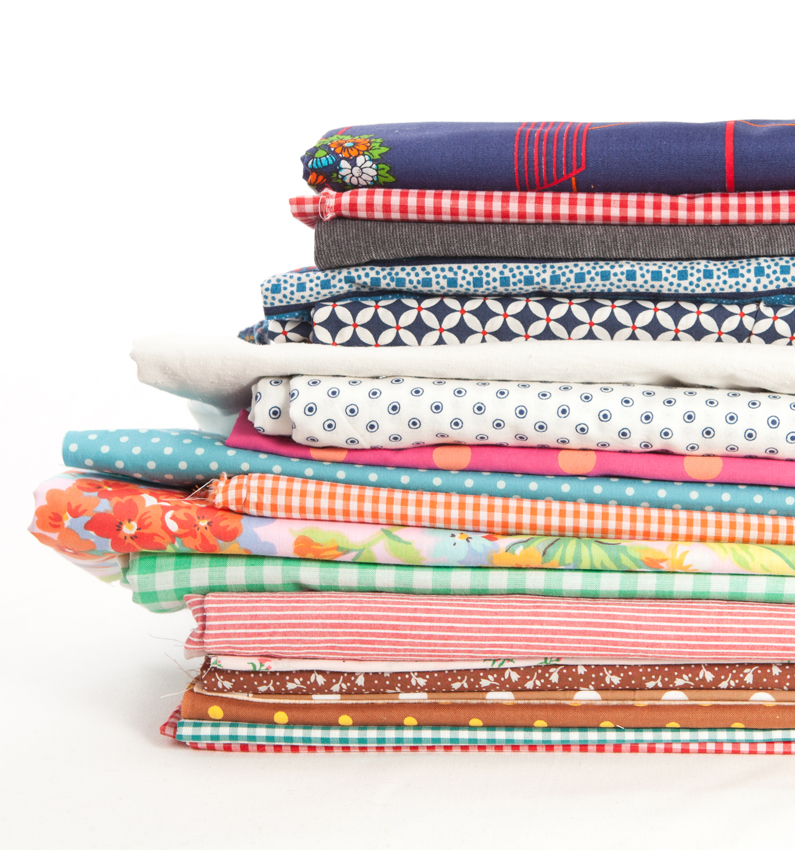
Success Stories in Peru’s Garment Industry
Peruvian Andean civilization has been producing high-quality cotton for more than 4,500 years. The Peruvian Pima cotton blend is well-recognized as a higher-quality, finer, softer, more durable fibre. Learn about the success stories in Peru’s garment industry.
Peru Cotton Production
The top cotton producers in the world are China, India, the United States, Pakistan and Brazil. In 2006, the Peruvian cotton production reached a high of 377 x 1000 x 480 lb bales. In 2015, Peru enjoyed a cotton production amount of 105 x 1000 x 480 lb bales.
Peru Cotton Types
Peru still adheres to traditional hand-picking of its cotton, which allows for a more brilliant white and softness in the fibre. Machine-picked cotton tends to be scratched-up and yellowish due to rough treatment. Here are the primary cotton varieties found in Peru:
- Pima is extra long staple (ELS)
- Supima is licensed, trademarked Pima
- Tanguis is long staple cotton (LS)
- Aspero is rough
- Del Cerro is rough
Tanguis is grown primarily in the central coast region of Peru. Pima gossypium barbadense is harvested in the northern region of Piura. The Peruvian Cotton Institute (IPA) is also developing a new cotton variety, called IPA-59.
High-Quality Pima Cotton
All around the world, the Peruvian Pima cotton is recognized as one of the premium brands. The growing period for the Pima plant is about 250 days in ideal equatorial temperatures; its resistance is 92,000 to 95,000 lbs per square inch. Here are the key attributes that make Pima so popular:
- Durability
- Fineness
- Hypoallergenic
- Length
- Lustre
- Softness
- Strength
- Uniformity
The length of the fibres is one of the key attributes that make Pima stand out – each strand is 1 and 3/8th inches long. This creates superior fineness, durability and strength. The top yarn makers prefer Pima cotton for bedding sheets, which require a high thread count.

Luxury Pima Cotton
Pima cotton is roller-ginned, which “uses a rotary knife to separate the seed from the lint.” The alternative method – saw ginning – is harsher, using saw blades to pull the cotton through the machine.
The end result of hand-picking and roller-ginning is a softer cotton fibre, which is resistant to piling and more absorbent. This premium-quality Pima cotton is also hypoallergenic, which is great for those with sensitive skin.
Organic Peruvian Cotton
Textile mills will seek different grades of cotton for the sake of affordability, durability and quality. The Pima and Supima designations require adherence to very strict guidelines. Products using Tanguis, Aspero and Del Cerro blends might simply be described as “cotton.”
Yarn makers will emphasize thread count as a way to measure the quality of the cotton fabric. Tee shirts, polo shirts, pants and dresses might include different cotton blends. Luxury clothing lines are more likely to use the Pima and Supima blends.
The benefits of the world-renowned Peruvian Pima cotton is that it sells for a premium on the international markets. It can be used for more luxurious, intricate, delicate garments. Peruvian cotton-picking tends to be more labor-intensive, which is ideal for the “Fair Trade” Peruvian artisans developing sustainable organic cotton brands.
“Fair Trade” markets Peruvian organic cotton as environmentally-sound. By purchasing garments from “Fair Trade,” customers can support local sustainable family farmers. The Peru garment industry continues to enjoy plenty of success stories, due to premium Pima cotton.
